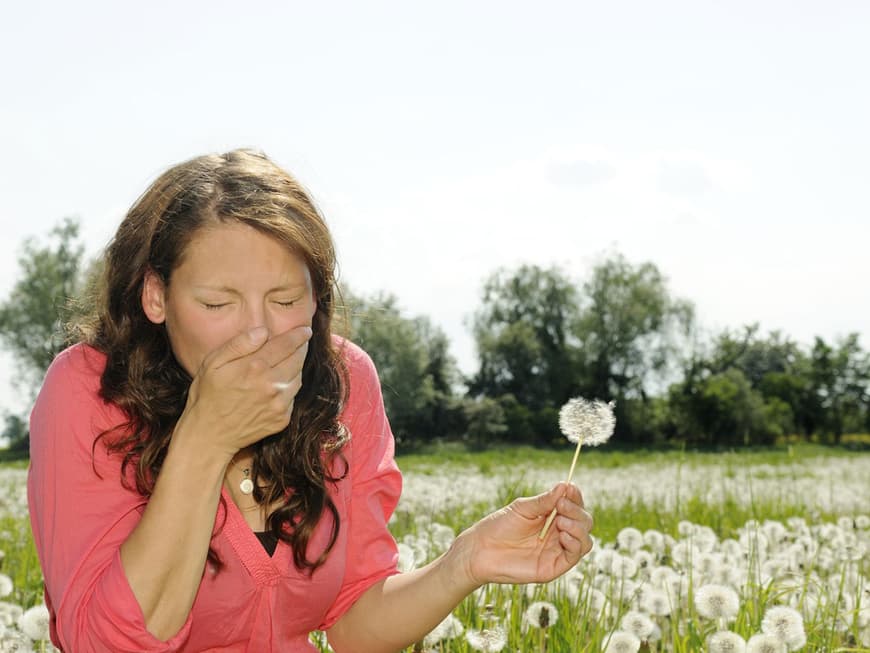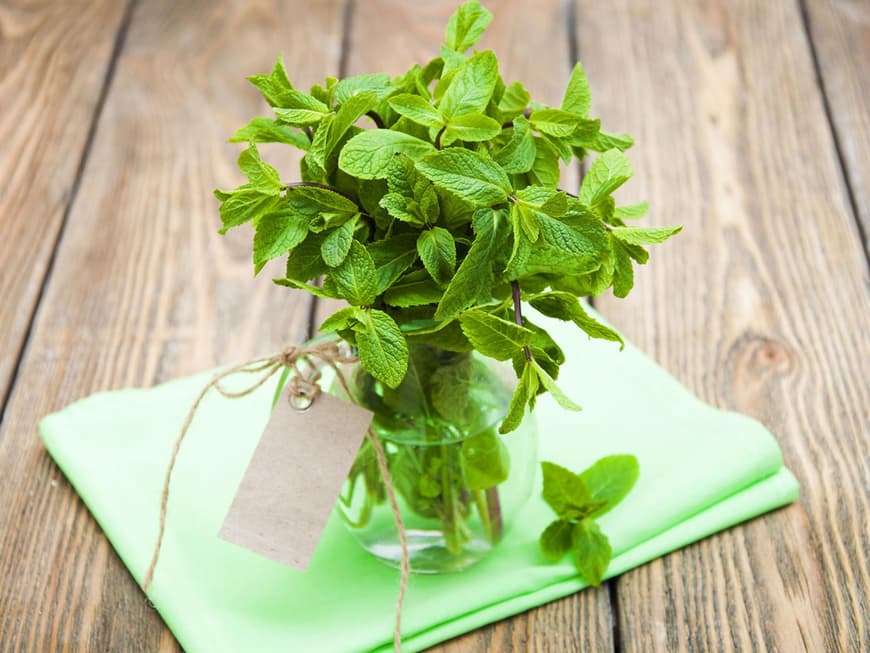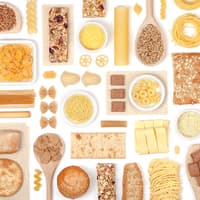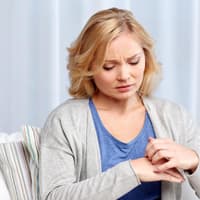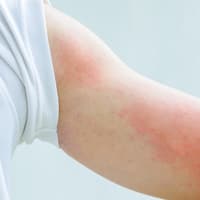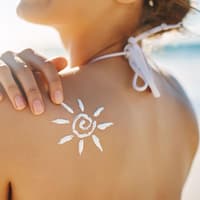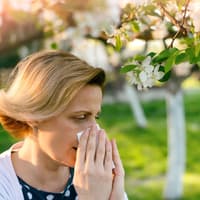Hay fever - almost a widespread disease
Unfortunately, around 30 percent of Germans suffer from a pollen allergy - and the trend is rising. Pollen from plants and grasses is usually responsible for the severe sneezing and runny nose. The allergy-causing plants and thus the triggers for the symptoms include the following: Birches, alders, various shrubs as well as some herbs and cereals. Why can even a single plant have consequences for a pollen allergy sufferer? It is estimated that just one ear of rye releases around four million pollen grains. This means that it is almost impossible to avoid the widespread dispersal of pollen at the height of the season, which places a heavy burden on the airways of pollen allergy sufferers. When is pollen season? A hay fever calendar is therefore helpful to prepare for the flowering periods.
The big sneeze: Tips and remedies for hay fever
Nasal douche: If your nose itches and tingles, this practical container is an effective remedy. Simply dissolve a teaspoon of table salt in a quarter of a liter of lukewarm water, pour the mixture into the nasal douche and rinse through the nostrils. This flushes out pollen and disinfects the nasal mucosa. It is best to ask your doctor or pharmacist for a brief explanation of the exact application.
Ventilate properly: To prevent pollen from entering the bedroom in the first place: Only ventilate when there is little pollen on the way. If you live in the countryside, it is best to open the windows in the afternoon or evening. City dwellers, on the other hand, should ventilate in the morning.
Use apps: There is a whole basket of apps for the iPhone and also Android devices that provide information about the pollen count at your current location, such as "Allergy Helper", "Cough Flower" or "Pollen Radar".
Laundry: Clothes and co. should not be dried outside. The following applies to bed linen: change it frequently, as pollen can settle here very quickly and then be inhaled.
Eye mask: Cooling helps with swollen eyelids. You can use a cold cloth or conventional cooling pads. Chilled cucumber slices or chamomile tea bags also relieve swelling.
Eat better: Diet affects the severity of the allergy. Eat a fresh and balanced diet. And: Drink plenty of water, which moisturizes the mucous membranes and counteracts irritation.
Inhale: Bring a small pot of water to the boil and stir in two teaspoons of table salt. Now remove the pot from the heat and inhale the steam with sufficient distance for about ten minutes.
Wipe: To prevent pollen from accumulating: mop the home once a day. Clean floors, vacuum carpets and briefly wipe down all shelves.
Shower in the evening: And also wash your hair. Otherwise the pollen will fall onto your pillow at night and cause you to sneeze and have a restless sleep.
Medication: For severe allergies, tablets are often the best and only solution. Your GP can prescribe a suitable medication for you.
Therapies for hay fever
Various medications are available for hay fever therapy to alleviate acute symptoms. In the medium and long term, hyposensitization or desensitization, a special immunotherapy, is used. The treatment involves injections to permanently weaken the overreaction of the immune system, which is accompanied by a reduction in symptoms.
Extra tip: Help from the herbal corner
The aromatic scent of peppermint oil stops sneezing attacks and soothes the bronchial tubes. Simply massage a few drops into the temples. But be careful: not everyone can tolerate essential oils. If in doubt, ask your doctor.
You may also be interested in this:
Allergy treatment: Expert tips to combat the symptoms
Allergy alert: What helps against hay fever?
Pollen allergy: Now is hay fever season
Allergies in spring: when everything suddenly itches and burns
First aid for asthma attacks
Date: 04.05.2020
Author: Lena Radke

